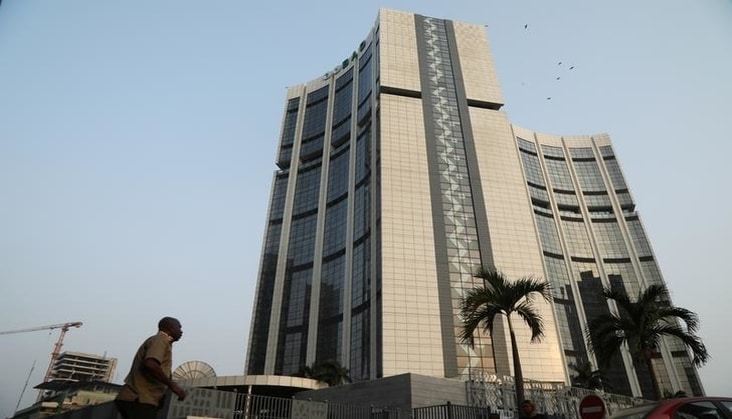Governments in the region can “seize the opportunity” to renegotiate or restructure their debts by lengthening maturities and lowering interest rates, Nwabufo says. “This would ease the fiscal pressures that governments are currently grappling with and create space for more targeted development spending.”
East Africa was the continent’s most resilient region in 2020 due to less reliance on primary commodities and greater diversification compared with other parts of Africa, Nwabufo says. The region’s real GDP growth will rebound to 3% in 2021 from 0.7% in 2020, with Djibouti, Tanzania and Rwanda as the potential top performers, she predicts.
According to the AfDB’s African Economic Outlook, Djibouti is set for growth of 9.9% in 2021, Tanzania 4.1%, and Rwanda 3.9%.
Still, the AfDB notes, non-performing bank loans (NPLs) could lead to significant vulnerabilities in the banking sector. Kenya, Uganda and Tanzania are among the African countries where NPLs have increased the fastest, it says.
The article continues below

Free download
Get your free PDF: Top 200 banks 2019
The race to transform
Complete the form and download, for free, the highlights from The Africa Report’s Exclusive Ranking of Africa’s top 200 banks from last year. Get your free PDF by completing the following form
Governments in the region have faced declining tax revenues combined with urgent spending needs. The International Monetary Fund (IMF) at the start of April approved about $2.34bn worth of debt relief for Kenya to support the Covid-19 response and reduce debt. Meanwhile, Uganda in February said that its public debt will increase to nearly half of GDP this year, driven by the economy’s need for stimulus measures.
The IMF says the Kenyan relief targets “a multi-year fiscal consolidation effort centred on raising tax revenues and tightly controlling spending.” The fund expects Kenyan economic growth to rebound to 7.6% this year after a 0.1% contraction in 2020.
The AfDB says that growth-friendly reforms in Kenya could include improved tax compliance, widening the tax net by reviewing tax-exempt and zero-rated items, formalising the informal sector, ensuring that public expenditure reaches its intended targets, and deepening the domestic financial market.
- In Uganda, the AfDB says that debt-to-GDP will climb to 48.8% by June, and to just above 50% in June 2023.
- Relatively strong foreign reserves of 4.9 months of imports cover could be used in the short-term, the bank says, Still, the bank says, Uganda’s debts “leave little room to accommodate adverse shocks”.
Public-private partnerships
Governments in the region also have the opportunity to participate in the G20 debt service suspension and other similar initiatives, Nwabufo says. This would give them fiscal space and liquidity to boost health system capacities, and invest in small and medium-sized enterprises (SMEs), she adds. “The pandemic offers a rare opportunity to foster stronger economic fundamentals for sustained growth and development.”
Product and process innovation prompted by the pandemic will create greater efficiency, with governments, corporates and educational institutions shifting to virtual platforms, Nwabufo says. “The slow uptake in information communications technology (ICT) before the pandemic is now moving at an accelerated pace.”
Greater use of public-private partnerships (PPPs) will be needed to achieve infrastructure development aims, Nwabufo says. Out of 54 African countries, 33 have put in place a PPP law or policy, she says.
The proposed Kampala-Jinja Expressway (KJE) PPP project in Uganda, which the AfDB is helping to finance, provides a template that can be adopted more widely, Nwabufo says.
This expressway is planned to alleviate congestion in and around Kampala, improve journey times and enhance regional integration. Increased movement of people, goods and services will generate revenue through taxes and toll payments, Nwabufo says.
Bottom line
Debt renegotiation will be key to determining how fast east Africa’s economies can recover from COVID-19.

